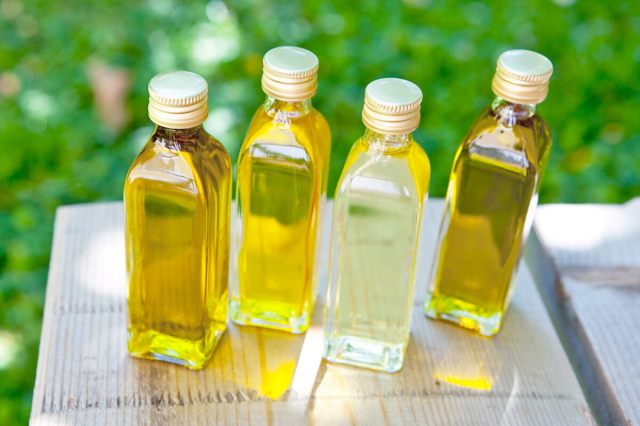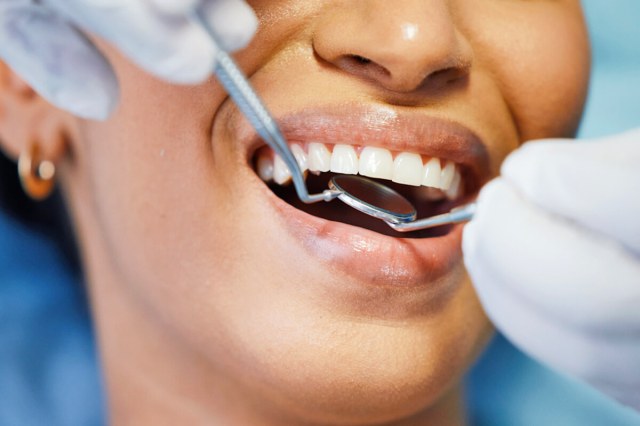In recent years, oil pulling has become a trendy method for improving oral health. At its core, it involves swishing oil in the mouth to promote detoxification and maintain oral hygiene. With increasing interest in holistic wellness, many people are turning to oil pulling as an alternative or complementary practice to traditional dental care. So if you’d like to add another step to your oral care, keep reading to learn more.

What Is Oil Pulling?
Oil pulling is a fairly straightforward habit to adopt. All you have to do is swish a tablespoon of oil in your mouth for a period of time, usually between 5 and 20 minutes, before spitting it out. The oil acts as a cleansing agent, helping to draw out toxins, bacteria, and other impurities from the mouth. Oil-pulling advocates believe this can improve oral health, freshen breath, and even lead to whiter teeth.
The concept of oil pulling is based on the principle that oil can bind to harmful substances in the mouth, removing them before they can cause problems such as cavities, gum disease, and bad breath. This natural method is believed to reduce plaque formation and bacterial growth, while the antibacterial and anti-inflammatory properties of one’s chosen oil can help with overall oral care.

How Do You Oil Pull?
Oil pulling is a simple process that can easily be incorporated into your daily routine. Below are the basic steps to begin oiling pulling.
Choose Your Oil: Select a high-quality organic oil, such as coconut, sesame, or sunflower oil. All of these are well-researched as the most effective options. You will also want one that is cold-pressed, as some studies have shown that direct heat during the pressing process could affect the overall benefits of the oil.
Measure the Oil: Take about one tablespoon of the oil and put it into your mouth. If you’re new to oil pulling, start with a smaller amount and gradually work your way up to a tablespoon.
Swish the Oil: Begin swishing the oil around your mouth, making sure to move it through your teeth and gums. Do this for about 5 minutes when you begin and gradually increase to upwards of 20 minutes.
Rinse and Brush: Rinse your mouth thoroughly with warm water and brush your teeth as usual with toothpaste. This will help remove the excess oil, and brushing will eliminate any impurities brought out from the pulling itself.

Best Oils
Choosing the right oil is crucial for effective oil pulling. Here are some of the oils recommended for this practice:
Coconut Oil: Coconut oil is the most popular choice for oil pulling due to its pleasant taste and powerful antibacterial properties. Rich in lauric acid, coconut oil effectively kills harmful bacteria in the mouth and reduces inflammation.
Sesame Oil: Sesame oil is another excellent option, known for its antibacterial and anti-inflammatory properties, which can help reduce plaque and gingivitis.
Sunflower Oil: Sunflower oil is another commonly used oil for this practice. It has a neutral taste and provides a range of oral health benefits, including reducing bacteria and promoting fresher breath. While not as popular as coconut or sesame oil, sunflower oil is still an effective option for oil pulling.
As mentioned above, when choosing an oil, opt for organic and cold-pressed varieties to ensure you use a high-quality product free from harmful additives and chemicals.
Reader Favorites

Does it Replace a Dentist?
Oil pulling can complement regular dental care but is not a substitute for it. Regular visits to the dentist and traditional oral hygiene practices are still essential for optimal dental health. Oil pulling should be seen as an additional step in maintaining oral hygiene rather than a replacement for professional dental care.
More From Our Network
Better Report is part of Inbox Studio, which publishes content that uplifts, informs, and inspires.

















